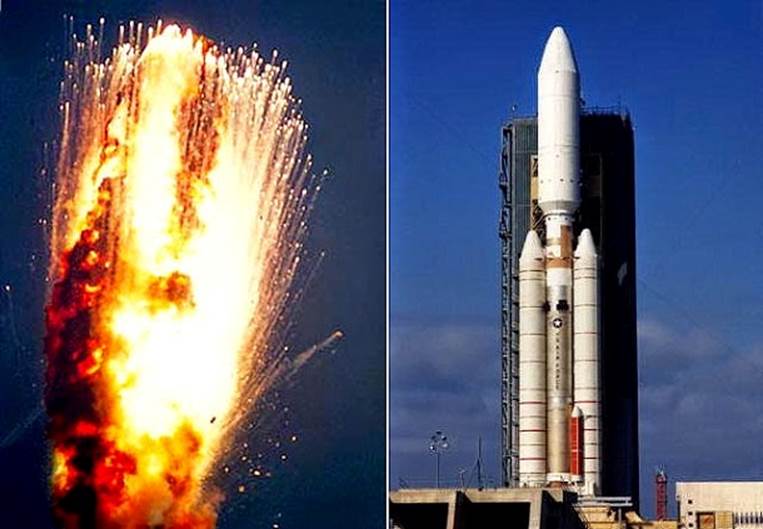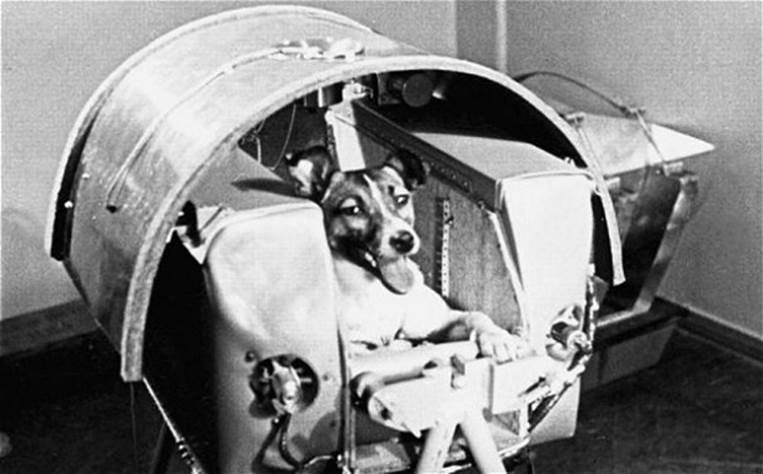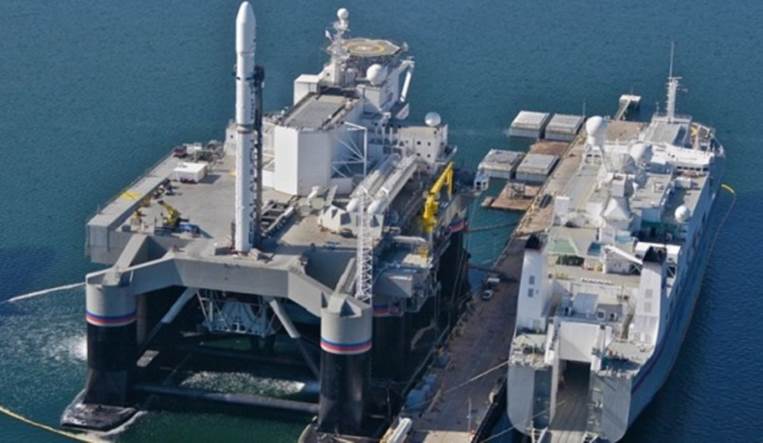SPACE DISASTERS
Added on: 4th Apr 2015
LLRV No 1

Three of five Lunar Landing Research & Training vehicles (LLRV)
crashed near Houston, Texas during spaceflight training missions.
The first one crashed on May 6, 1968, at Ellington Air Force Base in
Texas due to a loss of helium pressure controlling the jets meant to
steer the vehicle down to the surface. Notably, Neil Armstrong was
manning the single-seat craft but ejected safely 200 feet
before the crash.
JUNO II ROCKET

Launched on July 16, 1959, the Juno II rocket was meant to take the
Explorer S1 satellite into orbit. A few seconds after launch, the
rocket performed a near 180 degree flip, hurtling back towards the
launch pad head-on. The safety officer exploded the rocket to protect
those at the site. From December 1958 to May 1961, five out of ten
Juno II rockets malfunctioned during launch.
2013 BAIKONUR LAUNCH

A Russian Proton-M rocket launching near the Kazakh city of Baikonur
exploded 17 seconds after lift-off on July 2, 2013. Soon after take-off,
the rocket curved to one side and, after trying to correct itself,
overcompensated and began flying horizontally before self-destructing
as it began to descend. Though there were no human injuries, $200
million worth of GLONASS navigation satellites (the Russian rival to the
US’s GPS) were lost. The explosion marked the latest at the time of
seven failed launches (and ten satellite losses) in the year for the
Russian Federal Space Agency.
TITAN IV 4A-20

Lockheed-Martin’s Titan IV-A series launch vehicle exploded partway
into flight on August 12, 1998. Carrying the expensive and highly
classified National Reconnaissance Office’s SIGINT (Signal Interception)
satellite, a short circuit reset the craft’s guidance system. Upon pitching
forward, one of the solid rocket boosters broke loose and self-destructed,
soon followed by the main vehicle.
SOVIET DOGS IN SPACE

The history of animal travel in space has led to major safety
Advancements for humans. However, they were not without their
problems. Russians chose to use dogs instead of monkey as they were
believed to be less fidgety during flight. The first two canine cosmonauts
(Dezik an Tsygan) entered space on August 15, 1951 and returned
successfully. The following mission, with Dezik and Lisa, was not so
successful. For the third launch, one of the canine cosmonauts,
Smelaya, ran away the day before the launch. She returned a day later in
time for the flight, luckily not having been eaten by nearby wolves.
TITAN I

Four seconds after launch on December 12, 1959, the Titan I rocket
didn’t make it off its Cape Canaveral launch pad. The rocket fell back
on the pad and exploded. A vibration on the pad led the safety system
to set off the destruct sequence before take-off. Though no one was
injured, the footage is commonly used in space documentaries.
INTELSAT-27

Modern-day space launches are beginning to focus more on sea
launches, meant to launch from the equator where the Earth’s rotation
can best be used to send rockets into space. A Zenith-3SL rocket
carrying US-made Intelsat-27 crashed into the surrounding ocean a
few seconds after take-off from the floating platform. Intelsat is an
intergovernmental consortium controlling communication satellites.
Further sea launches were backed up due to the February 1,
2013, failure.
VANGUARD TV3

The United States’ first shot at launching a satellite into Earth’s orbit
failed when the rocket lost thrust only 4 feet (1.2 m) above its launch
pad on December 6, 1957. Falling back to the launch pad, its fuel
tanks ruptured and created a massive fireball, damaging the launch pad
and destroying the rocket. A U.S. Navy project to combat the Soviet
Union’s launch of Sputnik two months prior, the rocket possibly
exploded due to a lack of pressure in the fuel system which allowed
burning fuel to return to the engine. Due to limited data measurement
methods in the early days, though, the cause was never fully
determined.
ATLAS-CENTAUR 5

In the biggest on-pad explosion Cape Canaveral has seen, the Atlas
Centaur 5 exploded on March 2, 1965. A fuel valve closed causing the
booster engines to lose upward thrust two seconds after lift-off and
the rocket to fall on the launch base, creating a 200 foot high fireball.
The launch pad was in-operational for a year following the incident.

Comment on this